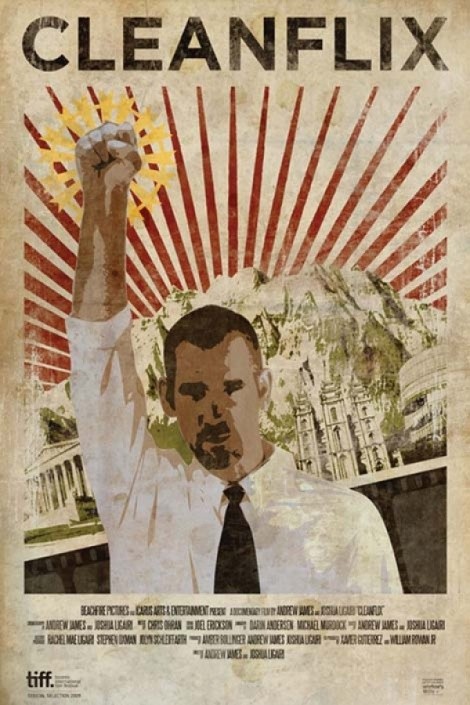
It’s understandable, that urge to give the content a knowing spin. After all, most of the best contemporary documentaries—works like My Kid Could Paint That and Capturing the Friedmans—were those that appeared to start out being about one thing, but evolved into something completely different. And when it appears that co-directors Andrew James and Joshua Ligairi have stumbled onto something along those lines in their documentary Cleanflix—which premiered locally at the Salt Lake City Film Festival in August—they push a premise that just doesn’t feel justifiable.
Their subject is familiar to anyone who watched the local news over the last decade: In 2000, a Utah Valley entrepreneur named Ray Lines sought to capitalize on the resistance of many LDS faithful to violent, sexually explicit and profane movies to rent and sell versions of popular titles like Titanic and The Matrix that had been stripped of potentially offensive content. Within months, business was booming, and content-sensitive Mormons were flocking to Lines’ Clean Flicks stores and several copycat operations. But, Hollywood caught wind of the activities, and soon a legal battle began over who had the right to doctor the content of movies.
Read Dr. Philip Sherman Gordon's coverstory on CleanFlicks & Cleanflix
To James and Ligairi’s credit, while they let both sides provide their justifications for their points of view, they’re not primarily interested in presenting a debate over the moral, legal or ethical right-ness or wrong-ness of the Clean Flicks crowd. It’s instructive enough that they show side-by-side versions of movies like Saving Private Ryan and The Big Lebowski, allowing viewers to recognize how the changes range from subtle and unrecognizable to completely absurd.
Those scenes also appear at several different points in the film, and that’s only part of a larger sense early on that Cleanflix has a lot of information, but not enough of a sense of how to organize it. The film briefly touches on the subject of the edited films shown for years at BYU’s Varsity Theatre, and the apparent contradiction of studios creating their own edited “airline versions” of films without making them available to the public. They introduce one company’s attempt to use an “education loophole” in copyright law to continue its editing, and only briefly touch on whether the position is completely selfserving.

Cleanflix is a comprehensively presented piece of documentary filmmaking, leaving few subjects unexplored. But if James and Ligairi wanted to develop a challenge to the LDS Church’s promotion of a cloistered mentality among its members when it comes to pop culture, Cleanflix needed to be more focused on that end. And, it needed not to make one man its quod erat demonstrandum test case.